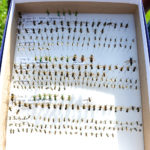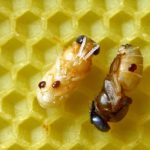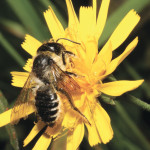
Tag Archives Bee

More than just bumblebees
A new research project at AAFC is assessing habitat for the 231 different species of native bees in Manitoba

Bee die-offs from multiple causes
Experts and bee industry representatives say the story’s been presented one dimensionally by many in the media

Postal workers pledge to move bees, chicks if striking
Postal workers are taking strike votes this month across the country

Non-crop plants source of most pesticide contamination of bees
One of the most common sources of pollen contamination is home pest control products

Mites could play role in variable bee losses
Honeybee losses are all over the map in Manitoba this year, as experts eye the impact of the varroa mite

Beehives to go high tech
A so-called smart beehive could change how apiarists manage their colonies and treat mites

App promises better communication between farmers and beekeepers
Developed in Australia, BeeConnected will aid co-ordination between farmers and beekeepers and keep bees healthy

Building a better beehive
The University of Manitoba has opened an international competition aimed at giving bees better housing

Vital to food output, pollinators face rising risk
A new global study explores the concerns over pesticides and loss of habitat

Bee swarms cut into honey production
Fear not the swarm! Honeybee swarms don’t pose a risk to humans, but can hamper honey production


